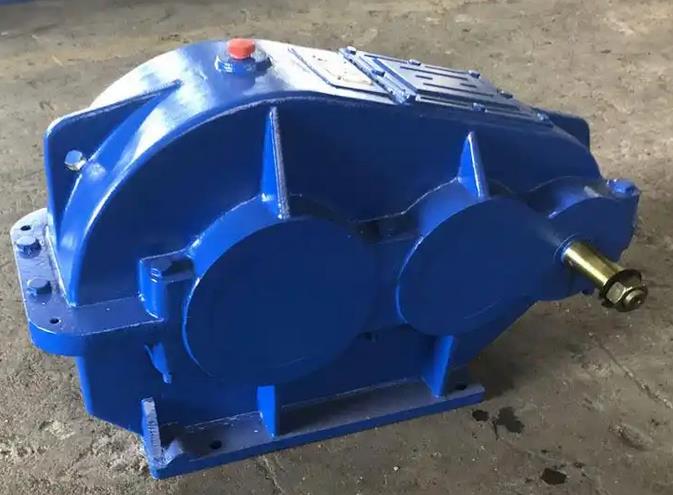How to choose a suitable cooling fan for JZQ650-8.23-2 gearbox
When choosing a cooling fan suitable for JZQ650 gearbox, the following aspects need to be considered:
Size and installation method
Size matching: Based on the installation space of the reducer, measure the position dimensions that can be used to install the fan, including length, width, and height, and select the fan with the appropriate external dimensions. Common cooling fans have standard sizes, such as 120mm x 120mm x 25mm, 140mm x 140mm x 25mm, etc.

Installation method: Determine the installation method of the fan, such as screw installation or rubber column installation, to ensure that the installation hole of the fan matches the fan bracket of the reducer. If there are specific installation requirements or location limitations for the gearbox, corresponding installation structures need to be selected. For example, axial fans can be installed on the gearbox housing through flanges or brackets, while centrifugal fans may need to be installed at specialized air ducts or air outlets.
performance parameter
Airflow requirement: Airflow is an important indicator for measuring the cooling capacity of a fan, generally expressed in cubic meters per minute (m ³/min) or cubic feet per minute (CFM). Calculate or estimate the required heat dissipation based on factors such as power, speed, load, and ambient temperature of the JZQ650 reducer, and then determine the air volume of the fan. Usually, the greater the power, the higher the speed, the heavier the load, and the higher the ambient temperature, the greater the required air volume. Generally speaking, for the JZQ650 gearbox, a fan with an air volume of around 50-150m ³/min can be selected, and the specific value needs to be determined according to the actual situation.
Wind pressure requirement: Wind pressure determines the ability of the fan to overcome wind resistance, ensuring that air can effectively pass through the cooling channel of the gearbox. If the heat dissipation channel of the reducer is complex or has certain wind resistance, such as with heat sinks or long air ducts, it is necessary to choose a fan with higher air pressure, usually measured in millimeters of water column (mmH ₂ O). Usually, a fan with a wind pressure of around 2-10mmHg ₂ O can meet the heat dissipation needs of most JZQ650 reducers.
Speed: Speed affects the airflow and noise of the fan. The higher the speed, the greater the air volume, but the noise may also be higher. On the premise of meeting the heat dissipation requirements, try to choose fans with lower speeds to reduce noise. Generally speaking, the fan speed is more common in the range of 1000-3000 revolutions per minute, which can be selected according to the actual situation.
Motor Power
The motor power determines the rotational ability and air volume of the fan. The higher the power, the greater the fan's rotational ability and air volume, but energy consumption and noise may also increase. Select a motor of appropriate power based on the air volume, air pressure, and speed requirements of the fan. Generally speaking, for fans with the aforementioned air volume and pressure requirements, a motor power of around 20-100W may be more suitable.
noise level
Choose a fan with lower noise to provide a good working environment. The noise level of a fan is usually expressed in decibels (dBA). Generally, fans with noise levels below 40-60dBA should be selected, and the specific requirements for noise can be determined according to the usage scenario.

